
First-person shooters have been the foundation of competitive gaming for some time now, and we have come a long way from the LAN cafés of the late 90s.
Many players adore FPS duels and making split-second decisions that will decide who walks away victorious (and the skills to put these decisions into practice.) Others prefer the teamwork aspect and see it as a character-building experience.
In the end, these are two sides of the same coin, and it’s the balance between them that makes a truly legendary esports title.
We picked 10 FPS esports that changed the game, rewarding mechanical skill, speed, strategy, and everything in-between. Let’s look at the shooters that shaped competition all over the world for the past couple of decades.
1. Counter-Strike 2
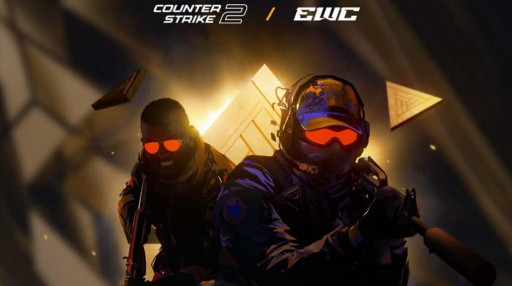
Few shooters, if any, can match the legacy of the Counter-Strike series.
Its latest entry, Counter-Strike 2, is one of the most popular esports worldwide. Built on the Source 2 engine, it sharpens the series’ trademark mix of tactical gunplay and team coordination. Every round is a test of precision, resource management, and communication.
Matches put two squads against each other in tight objective-based battles, with different modes in maps that polished over decades of competitive play — we can’t deny that de_dust2 is a fundamental cultural moment.
Plus, CS2 adds some strategic weight to the balance with its economy system, where players buy weapons and gear between rounds.
With all of its features, it really is no surprise Counter-Strike dominates esports, with tournaments happening on all continents and hundreds of professional matches yearly. Pure shooting mechanics mixed with tactical depth make CS2 undoubtedly the gold standard of FPS competition.
2. Call of Duty: Modern Warfare II
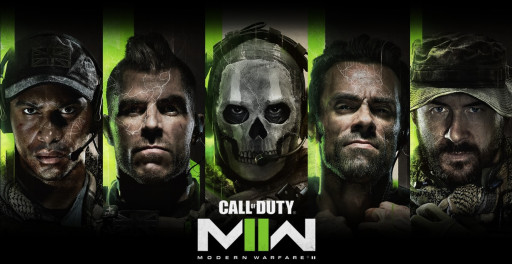
COD is a giant, and Modern Warfare II is a great example of why: it took Call of Duty’s trademark pace and sharpened it to fit casual and professional matches.
With a broad mix of modes ranging from classic deathmatch to large-scale Ground War, it suits players who want variety without sacrificing intensity, and its fast, fluid gunplay asks for very sharp reflexes and smart positioning.
Its Gunsmith system set a new benchmark for weapon customization, while cross-play linked PC and console players in the same arena, breaking down barriers between platforms.
The combination of reach, pace, and adaptability is why it earned a place in competitive leagues and in personal consoles all over. All in all, Modern Warfare II didn’t just keep the COD series alive — it pushed competitive FPS gaming into a whole new era.
3. VALORANT
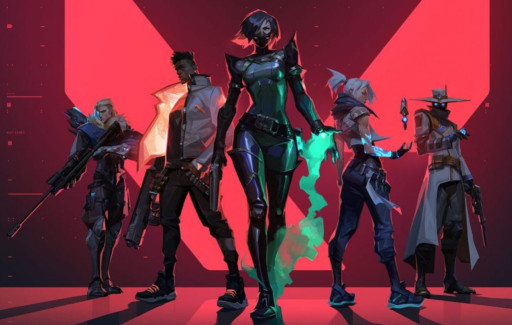
When Riot Games released Valorant in 2020, many expected a Counter-Strike clone of sorts. But they couldn’t have been more wrong.
What arrived was a shooter that mixed precise gunplay with personal character tactics, where each type brings unique skills, but the core still depends on the players’ aim and coordination.
Considering Riot’s experience in esports infrastructure and its ability to attract players, it was no shock that VALORANT grew so fast in popularity. The maps are designed with balance in mind, keeping no side too dominant, and the economy of the game approaches it to classic tactical shooters.
VALORANT made ability-based gameplay a vital part of esports and showed the public that the formula for tactical shooters still had room to grow.
4. Overwatch 2
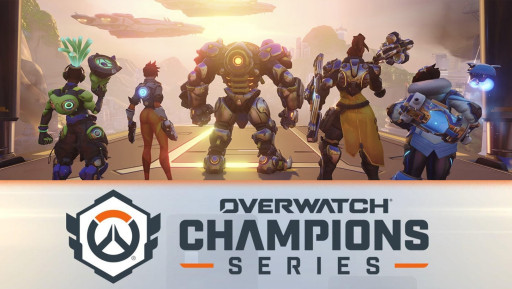
The second installment of Overwatch was released with the intent to refresh the series entirely, and it did. It shifted the original to a 5v5 format and put a lot more weight on individual players’ impact.
Overwatch matches are rarely decided by aim alone, because coordination and timing can change the flow of battle in seconds. This means that every fight carries the chance of a dramatic turnaround, which is the perfect formula for creating a game that will attract millions of people to its tournaments.
The game maintained the high-energy spectacle that made the original such a phenomenon. It’s polarizing, but its influence on hero-based shooters is unquestionable, and its matches deliver some of the craziest moments in FPS gaming.
5. Apex Legends
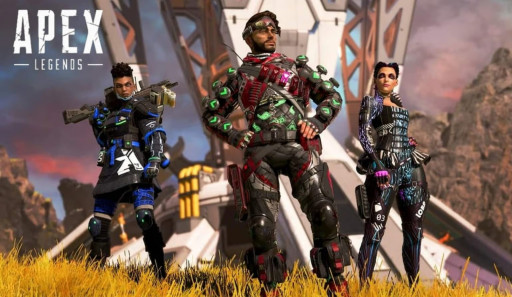
On a random day in 2019, Apex Legends dropped without any warning… and immediately reshaped the future of battle royales.
It features a movement system that gives players a level of mobility that no other first-person shooters could match at that moment in time. Now add squads of three unique characters to the mix and boom: a long-lasting esports sensation is born.
Another great innovation was the ping system that allowed players to communicate without the use of voice chat; this feature alone set a new standard for game accessibility and freedom to play.
When it comes to competitive aspects, the shrinking map and high-stakes gunfight definitely helped the popularity, giving the game a crazily high pace and causing tension from the very start to the very end of battles.
Apex deservedly became a mainstay in competitive play, thanks to its beautiful balance of the unpredictability of a battle royale with the structure of an arena shooter.
6. Halo Infinite
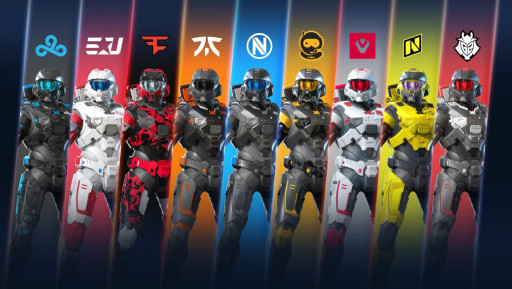
This marked the return of one of gaming’s most iconic franchises, this time featuring tight weapon spawns, more balanced maps, and an even stronger emphasis on teamwork.
The new grappleshot sprinkled some creative freedom into fights without breaking the core Halo formula. And, with the heavy lean into ranked play, the game’s Halo Championship Series brought its competitive scene back into focus.
But what really secured Halo Infinite’s place in our list is its incredible bridging of the gap between eras of FPS gaming – it truly captures the roots of arena shooting while proving that reinvention can be worth it.
7. Rainbow Six Siege
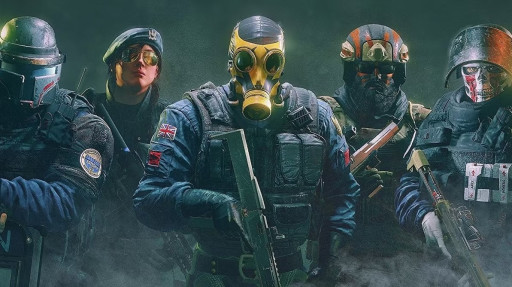
Siege is considered one of the most tactical shooters ever, and made a name for itself due to thriving on the creative use of its destructible environments. Unlike other titles, in Rainbow Six Siege the walls, floors, and ceilings can be broken or reinforced to reshape the battlefield in real time.
All of the game’s different operators bring specific gadgets to battle, from drones to explosive charges. Thanks to the countless variations in team-building and match participants, Siege is a favorite for pro-players who value strategy as much as aim.
This game’s unique identity proved that tactical depth and slower pacing can stand alongside faster FPS sports at the highest professional level.
8. Escape from Tarkov
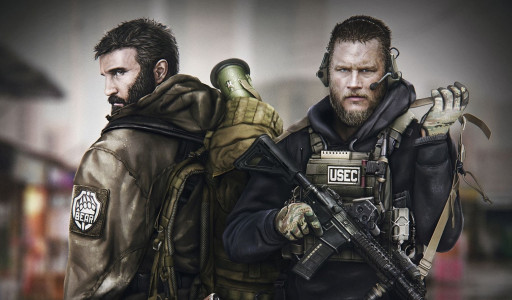
Mixing military realism with high-stakes looting, Escape from Tarkov is an ambitious but extremely unforgiving game.
Players carry everything they have into a match, and dying means losing it all to opponents. This complex health and inventory system ends up pushing it closer to a survival simulator than to a traditional FPS. Managing ammo, healing injuries, and extracting safely can be just as important as landing shots.
This depth attracted a loyal competitive base and made Tarkov a marvel among those who see FPS games as more than reflex contests.
9. Team Fortress 2
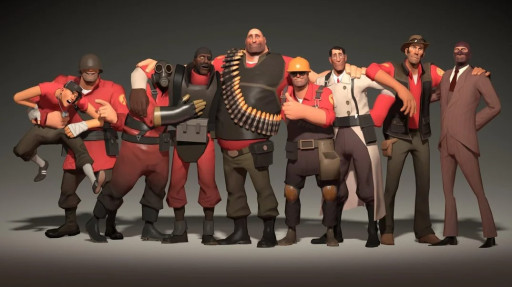
TF2 is one of the most influential team shooters of all time. Its cartoony art style set it apart from the gritty realism that dominated the era, but behind the humor sat a surprisingly sharp competitive structure.
Players chose from nine distinct classes, each with strengths and weaknesses, and matches were fast, fun, and with real tactical depth. The game also encouraged community culture, one that kept it relevant long after release.
Its influence over 2010s esports is undeniable. Many modern class-based shooters trace their roots back to the formula that Team Fortress 2 perfected.
10. Quake Champions
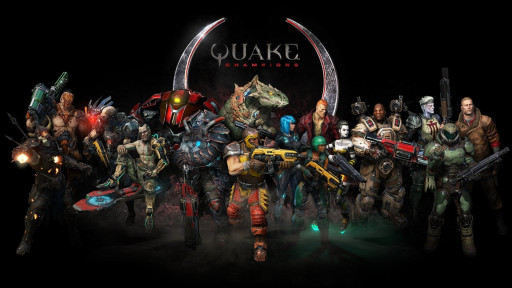
Wrapping up our top 10, this entry to the Quake series pushed tradition into the esports age. It arrived in 2017 offering matches that were built on sweltering movement and a very high demand for accuracy.
The series had pretty much defined what it meant to do high-speed combat, and Champions’ addition of characters with different abilities changed the formula without discarding the gunplay that made Quake legendary.
In a way, this game was a throwback to the old installments that long-time fans knew and loved. Maybe it’s the nostalgia factor, maybe it’s the unmatched speed of this game — all we can know is that Quake Champions deserves its spot as one of the greatest of all time.
